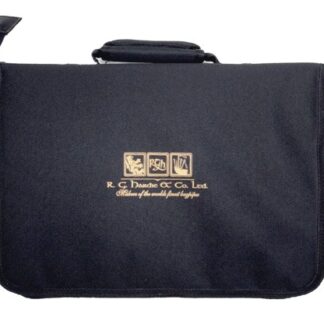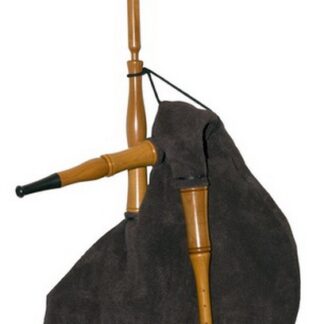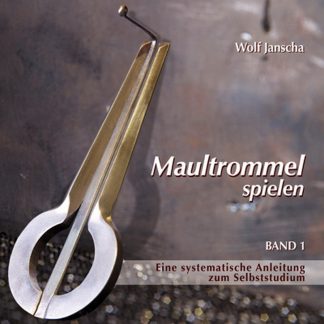Description
The Jew’s harp is one of the oldest musical instruments in the world and completely unique. Spread all over the globe, it is played in a wide variety of styles. It is a rhythmic drone and overtone instrument that is struck and played simultaneously with and without air. The mouth and throat area serves as a resonance body. More than thirty different harmonics can be clearly heard on a jew’s harp. The fine melodies have been an integral part of drone and folk music in Europe since the Middle Ages.
The sound of the Jew’s Harp is unusually colorful, meditative, shamanic, rhythmically stirring and impressive.
In cooperation with the University of Music and Performing Arts, Vienna, Wolf Janscha developed a notation system for Jew’s harp. It has the Western notation system as its basis. In addition, however, it features a special tablature that transparently displays the different playing techniques. With the help of this system and the analysis of the playing techniques, the world’s first comprehensive textbook for Jew’s harp is created.

All content is explained in such an understandable way that the player can easily learn and master the playing techniques. The detailed explanations, graphics, and audio examples add to the understanding. Special emphasis has been placed on independence of styles in order to develop a playing ability that can be applied to any style as desired or to help develop one’s own playing style.
Due to the enormous scope and complexity of the various playing techniques of the Jew’s Harp, the textbook will extend over several volumes.
Play Jew’s Harp
A systematic guide to self-study
The first volume is the ideal introduction for beginners with no previous knowledge of Jew’s Harp playing and no knowledge of sheet music. The textbook should make it possible for the player to improvise in the most important time signatures and to vary rhythmically and tonally.
From the contents:
– Overview of the instrument and its history.
– Fundamentals of playing a Jew’s harp: posture, embouchure, striking and preparation movements.
– Easy to understand explanation of the notation system and music theory from the beginning: Tempo, meter, basic binary and ternary note values, time signatures, permutations and their practical application to the Jew’s harp.
– Numerous exercises for progressive development of touch, breathing, coordination of individual movements, overtone listening by means of vowel positions, stresses and closure techniques.
– Background on the instrument, tips on buying a jew’s harp, helpful physical and mental exercises.
– Creative techniques to design your own grooves.
– Numerous audio examples of the most important exercises on CD.
For the player with previous experience, this work is a valuable training book for refining playing technique and gaining new perspectives on jew’s harp playing. It is particularly useful for teachers as a teaching aid.

The audio CD included with the first volume contains the most important exercises for listening and playing along. Jew’s harp and rhythm are arranged in stereo channel separation so that they can be heard separately or together.
ISBN: 978-3-927240-93-3
Format: DIN A4
Number of pages: 144 pages with CD
Cover: Softcover with thread stitching
————————————————————-
Review by Albin Paulus
It is astonishing that only now a serious and fundamental method for the Jew’s harp has appeared, even the eager production of instructional works for European art music from the Renaissance to the The 20th century, which also included exotic instruments, passed by this instrument almost without a trace. The Jew’s harp had always attracted attention as a virtuoso instrument, in Europe especially in the late 18. and 19th century, even in composed music; think, for example, of Johann Georg Albrechtsberger’s Jew’s Harp Concertos or Charles Yves’ Central Park Sinfony. And local traditions such as the distinctly sophisticated Jew’s harp playing in Yakutia (Siberia) are also enjoying increasing worldwide recognition. Also, much has been written about the Jew’s harp: Its effect on the stage, in the healing arts, for use in customs, etc. There were also quite promising approaches for a systematic recording of the playing technique, for example by Heinrich Scheibler at the beginning of the 19th century. Even later quite serious smaller textbooks from Germany, Russia and other countries fulfilled their purpose within the musical genre or cultural circle for which they were intended. But a comprehensive work that explains the playing techniques and musical possibilities of the Jew’s Harp from the bottom up, independent of musical cultures, had been lacking until now. But now it’s here, and what a book!
Already in the preface it is mentioned that because of the desired independence from traditions there are no songs and pieces in the textbook, but there are numerous exercises (all with audio examples on the included CD). While working out it soon becomes clear why: Wolf Janscha leaves no detail out, he leaves nothing unexplained or to chance, all the necessary techniques for playing the Jew’s Harp are built up step by step at the base and can thus be put together and used later for any direction. Sympathetically, Wolf Janscha nevertheless advocates every possible freedom and encourages improvisation from the very beginning: “Let the Jew’s harp play by itself and listen to it attentively!”.
Basically, it is a huge undertaking to systematically record, explain and pedagogically bring the Jew’s Harp closer. After all, no instrument other than the human voice probably offers so many different changeable parameters, especially since, acoustically speaking, it is only half the instrument. Only through the coupling to the mouth, nose and throat, the complete musical instrument is formed, and here is infinitely possible! In addition to obvious parameters such as percussion technique, breathing is crucial for rhythm and tone, as are the numerous moving parts in our oral cavity that allow for different timbres, overtones and registers. Perhaps this is why no one has dared to write a basic textbook that can be understood by all. Wolf Janscha is this however, succeeded in the best possible way.







Reviews
There are no reviews yet.